The world's most mysterious places
Stranger things
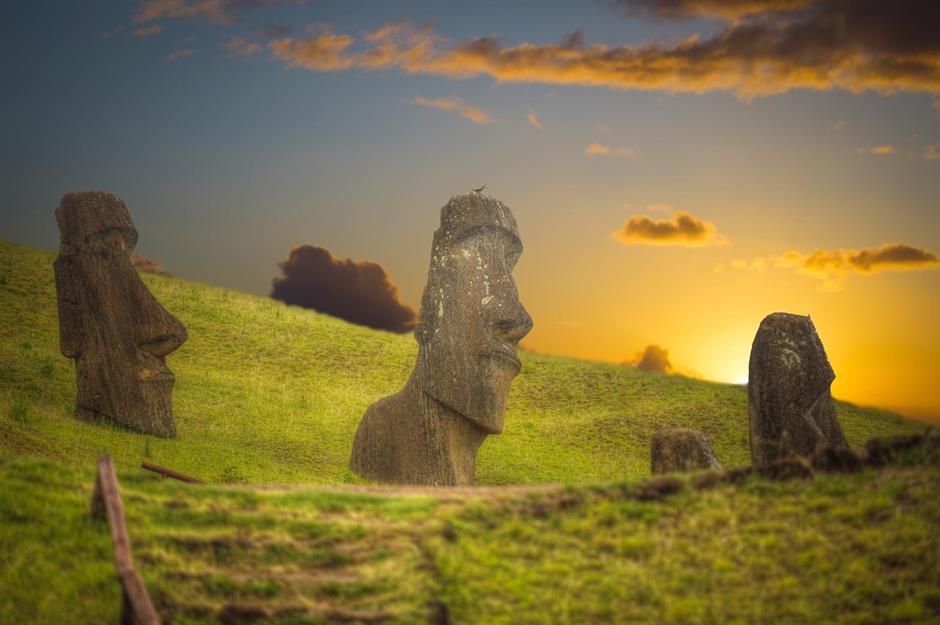
Who doesn’t love a good mystery? The planet is dotted with places that are surreal, eerie and sometimes downright bizarre. While many of these mysterious goings-on have logical explanations, others remain unsolved or subject to myth and legend.
Click through to discover the science, theories and tales surrounding some of the world’s strangest sites…
Bermuda Triangle, North Atlantic Ocean
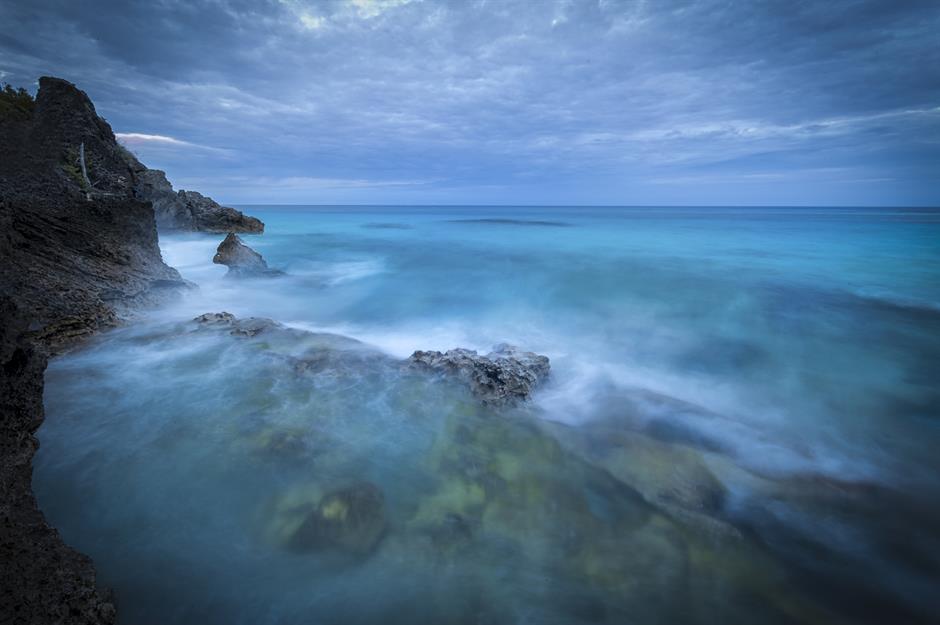
The Bermuda Triangle covers at least 500,000 square miles (1,290,000sqkm) between Bermuda, Miami in Florida and San Juan in Puerto Rico. It has seen more than 20 planes and 50 ships crash, with no obvious explanation – some have ‘vanished’ completely.
Theories range from suggestions of supernatural activity to the more logical hypotheses that it’s down to magnetic compass variation or rogue waves.
Richat Structure, Mauritania
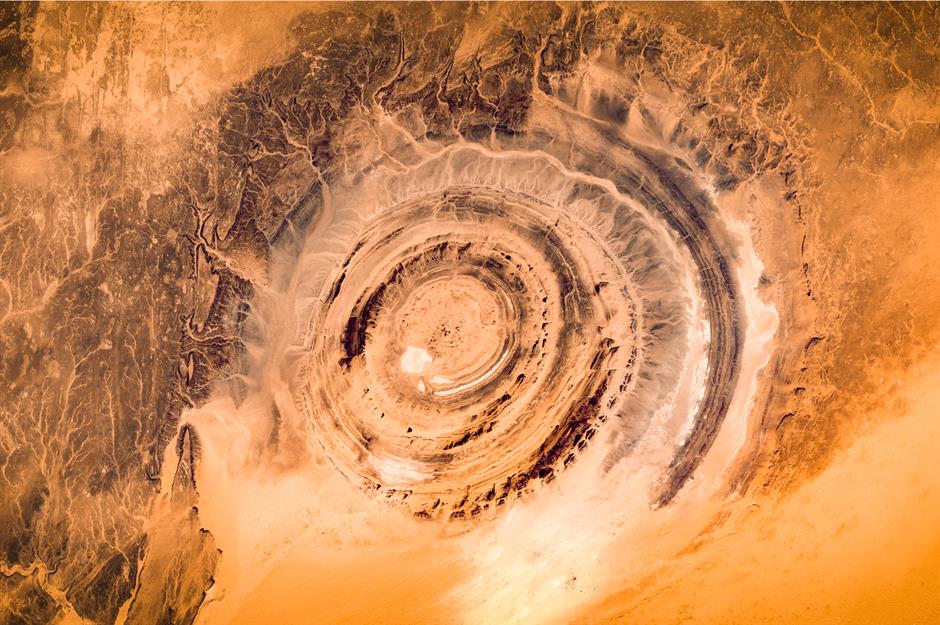
Astronauts have been watching the Richat Structure – also known as the Eye of Sahara – in Ouadane since humans first entered space. Viewed from the International Space Station, the 30-mile (48.2km) wide swirl resembles a bull’s eye or snail’s shell.
The geological quirk was believed to be a crater caused by a meteorite, but it’s now thought it was once a dome that has eroded over time.
Love this? Follow our Facebook page for more travel inspiration
Marcahuasi, Peru
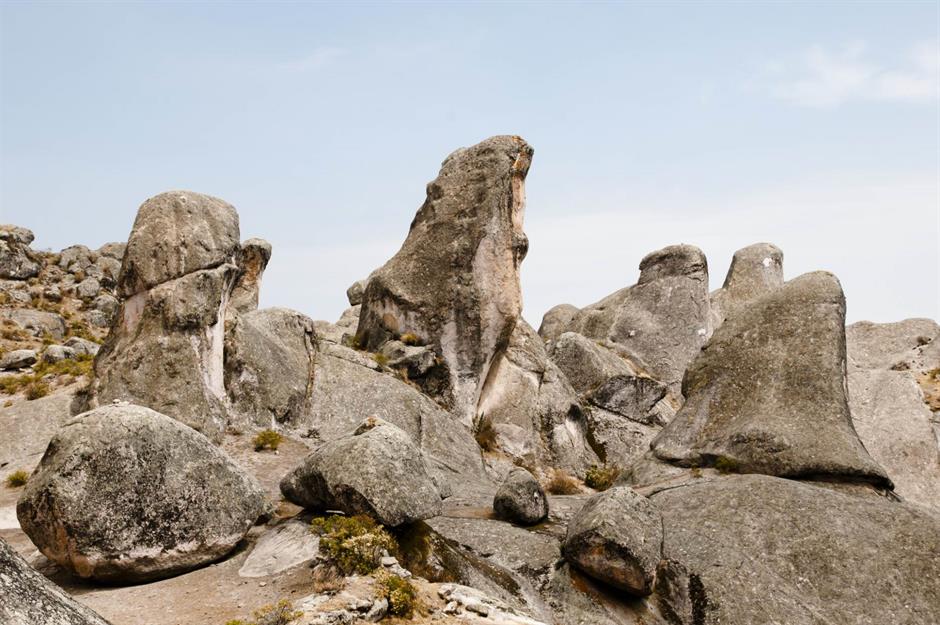
Amid the rock formations and pre-Incan ruins of this plateau in the Andes mountain range lies a curious stone forest. The distinctive landscape, thought to be 10,000 years old, was formed by wind erosion – though some claim ancient people carved the sculptures.
A popular excursion from Lima, Marcahuasi has also become a magnet for people who believe in its mystical ‘healing’ powers, which supposedly come from high frequencies of so-called ‘astral energies’.
Stonehenge, England
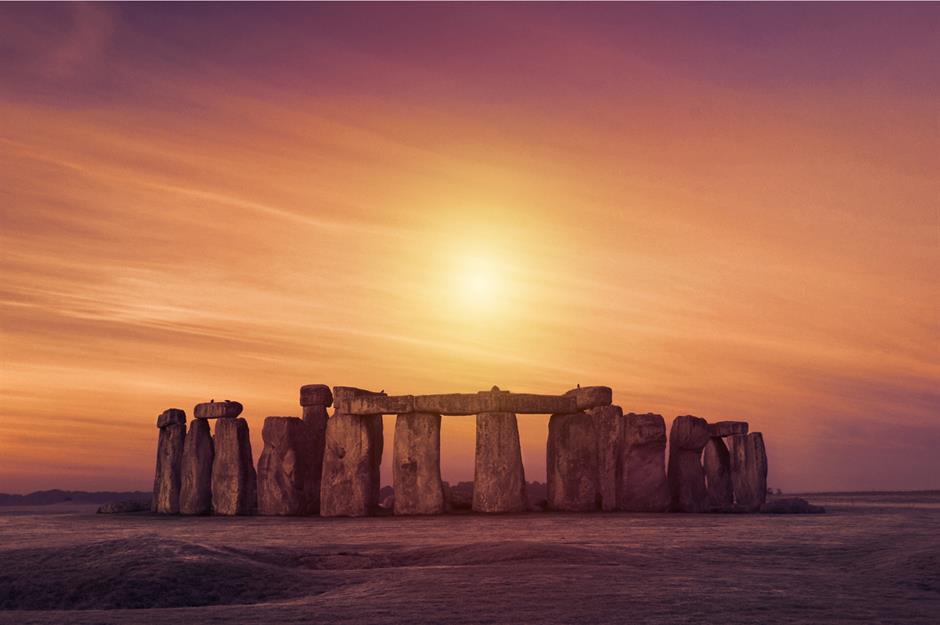
This circle of rocks in Salisbury has long been one of the UK’s most well-known and mysterious sites. Historians and scientists remain baffled as to how its builders transported the monoliths 5,000 years ago.
In 2019, archaeologists from Newcastle University discovered that humans may have dragged the rocks in place using sledges lubricated with pig fat.
Eternal Flame Falls, New York, USA
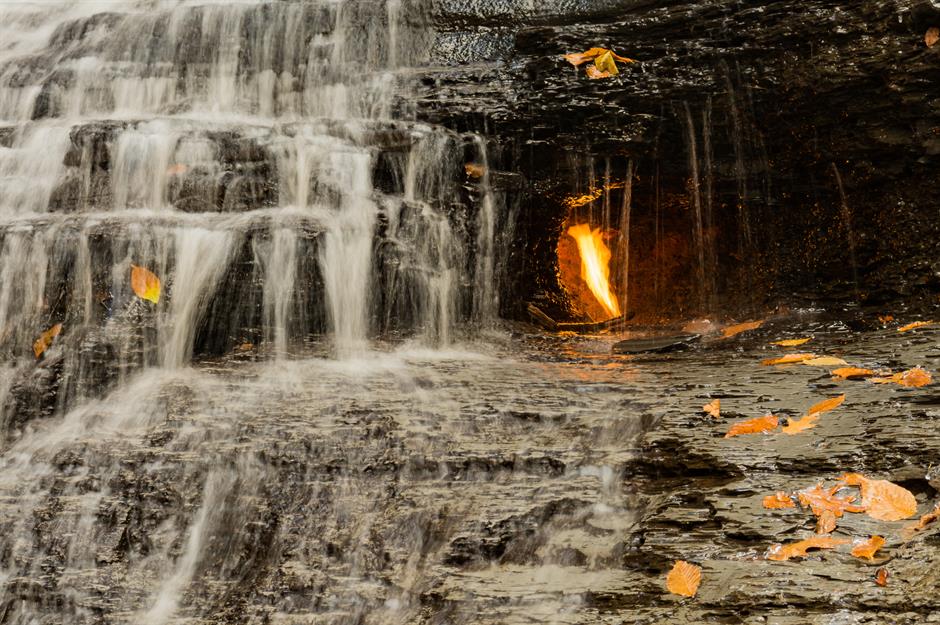
Nothing to do with The Bangles’ hit song, this is an (almost) eternal flame. The bewitching orange-red glow that flickers behind this staggered waterfall in New York’s Chestnut Ridge Park is kept aflame by natural methane gas that seeps through cracks in the rock.
It’s occasionally extinguished by splashes of water, but visitors bring it back to life with a lighter.
Uluru, Australia
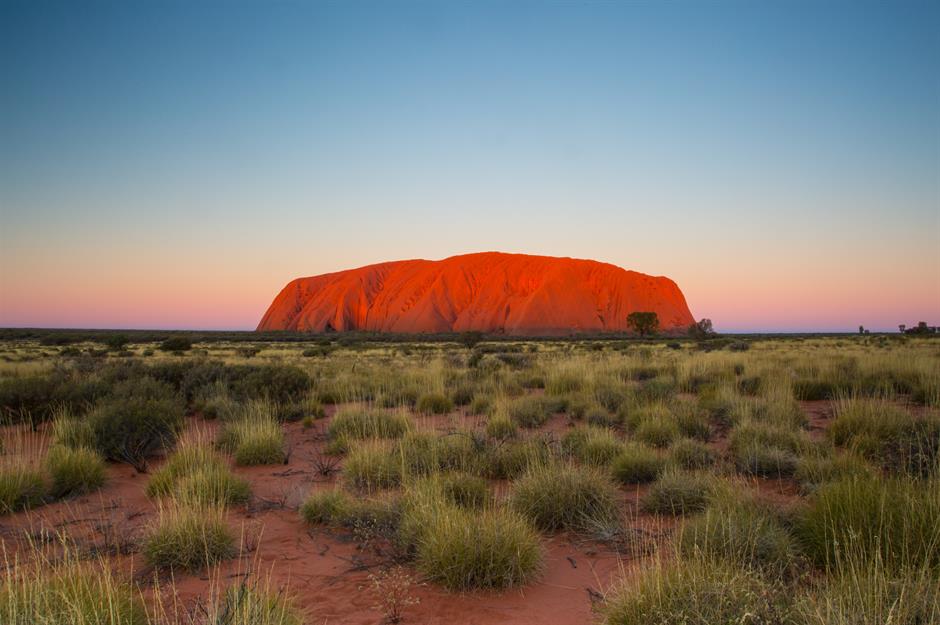
Uluru (or Ayers Rock) in Uluru-Kata Tjuta National Park in Australia’s Northern Territory has beguiled people for centuries. It’s a sacred spot for Anangu people, with theories that it was formed by ancestral beings who shaped the world.
Science suggests the sandstone monolith began forming around 550 million years ago, with centuries of erosion and folding crafting its distinctive oval shape. Its red surface is due to oxidation, while the fresh rock beneath is grey.
Blood Falls, Antarctica
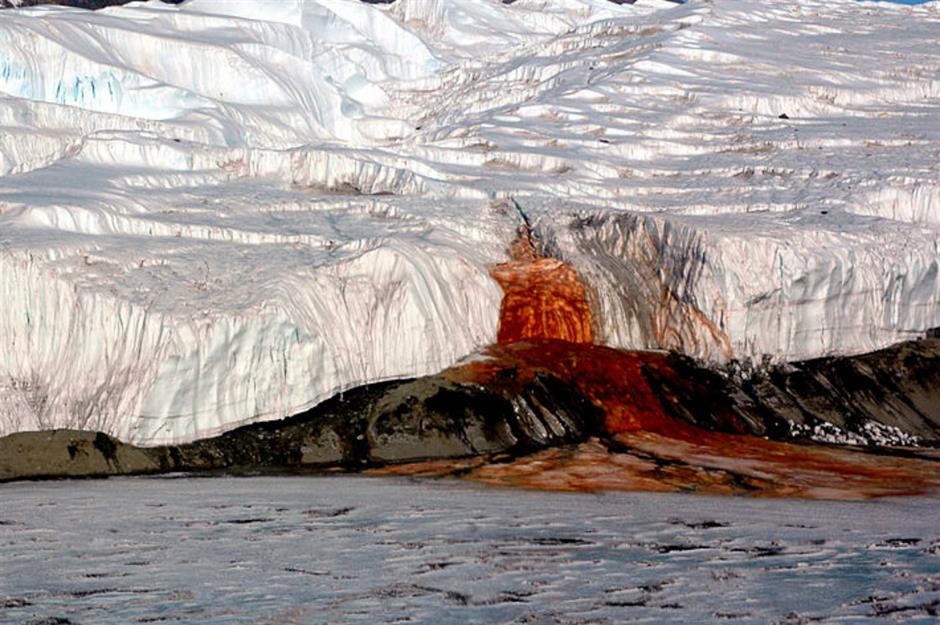
The world’s coldest and perhaps most enigmatic continent is home to a blood-red waterfall that seeps into the ice. Geologists originally thought the red colour was due to algae, but the truth is actually much more interesting.
It started around two million years ago when a saltwater pool was trapped inside Taylor Glacier. The sealed, airless lake’s high iron content and salinity caused the rust-red colour that eventually oozed out of a fissure in the ice.
Marfa Lights, Texas, USA
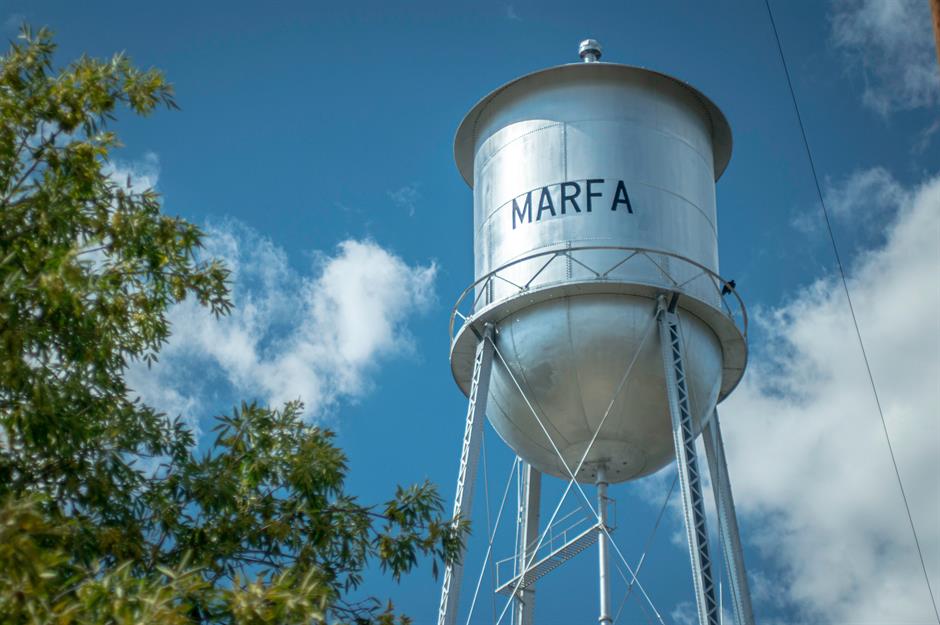
On clear nights, lights twinkle on the horizon just outside the hip Texan town of Marfa, and they’ve been baffling onlookers for more than 135 years. The bright orbs throb or, some say, move across the sky.
Even James Dean, in Marfa filming the movie Giant, was spooked and captivated by the still-unexplained phenomenon. Theories on what they are include UFOs, ghosts of Spanish conquistadors or simply car headlights.
Devil’s Bridge, Germany
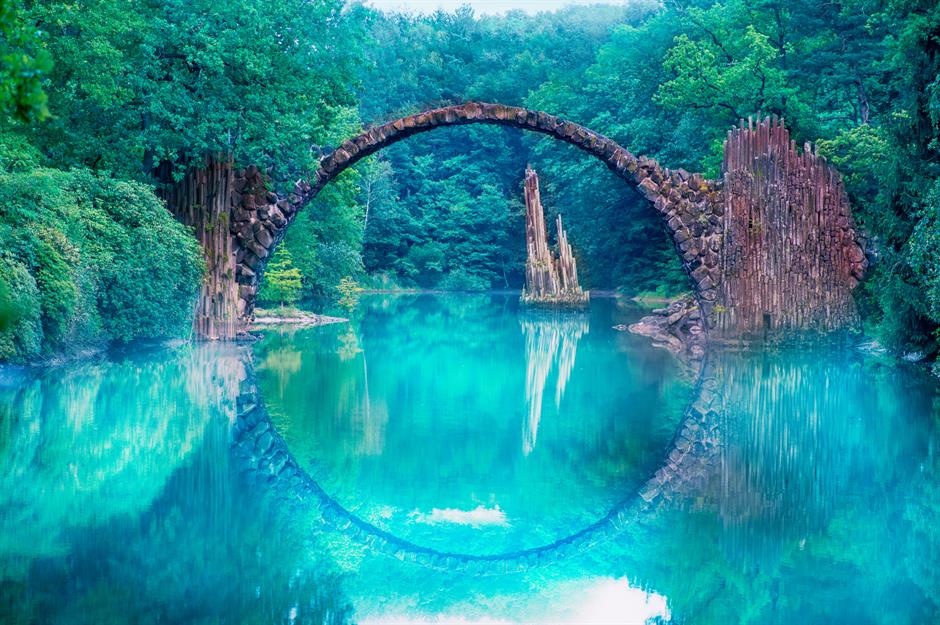
Rakotzbrücke is so pretty it could perhaps more aptly be called ‘fairytale bridge’. But its name, which means ‘Devil’s Bridge’, comes from its supernatural associations.
The looping structure, in the German town of Kromlau, forms a perfect circle with its watery reflection – a clever trick of engineering that some see as otherworldly.
Winchester Mystery House, California, USA
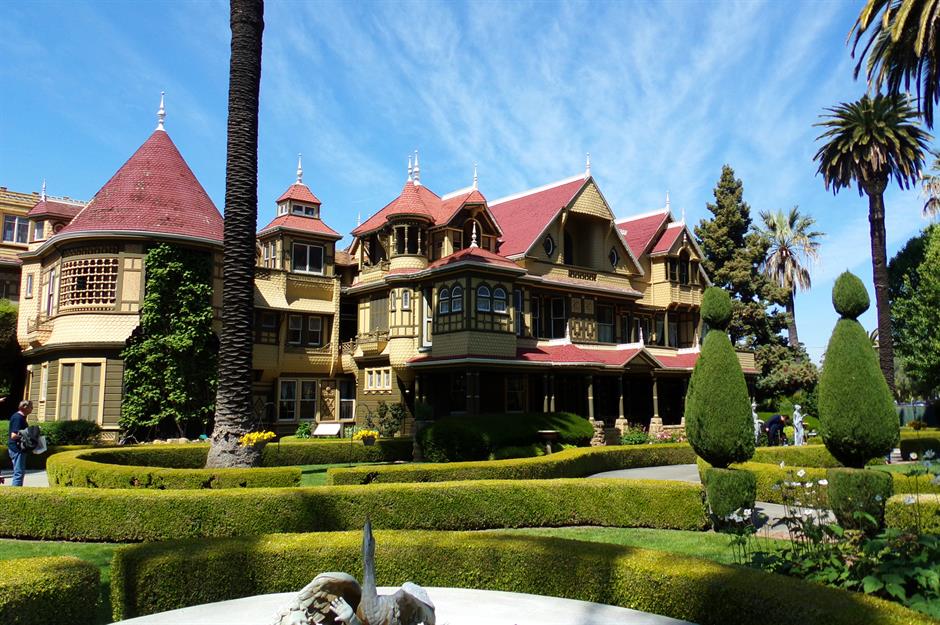
Sarah Winchester, whose late husband invented the Winchester rifle, bought this San Jose mansion in 1886. She spent three decades creating a labyrinth of 160 rooms, two basements, 10,000 windows and 2,000 doors, many of which lead to sudden drops.
Staircases lead to ceilings and dead ends. A popular theory is that, haunted by those killed by her late husband’s invention, she created a maze to keep malevolent spirits at bay.
Nazca Lines, Peru
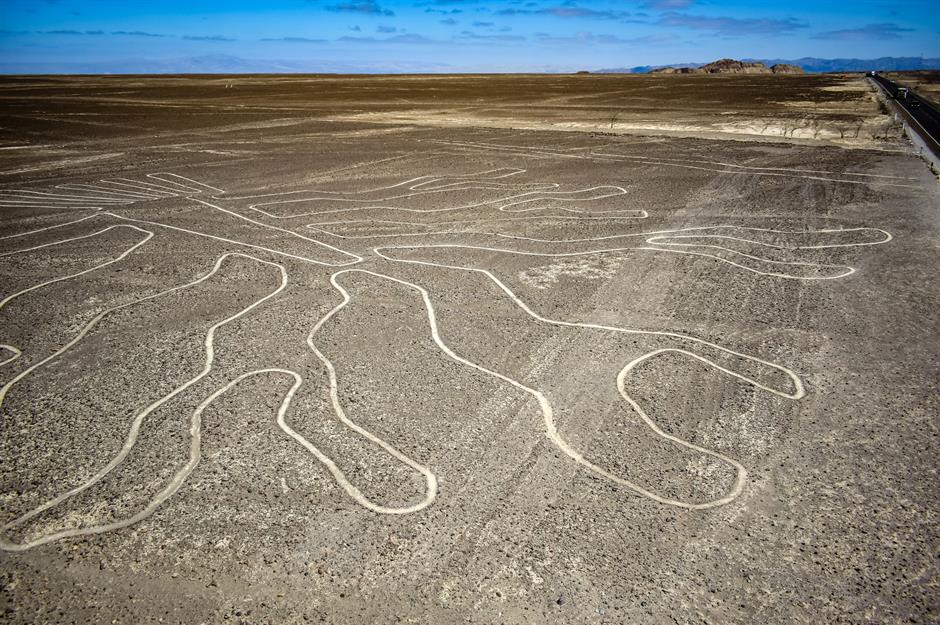
Around 300 figures from a spider to a hummingbird are etched into the sands in the southern Peruvian desert, with some lines stretching more than five miles (3.2km). The pre-Columbian geoglyphs, which cover around 200 miles (322km), long had celestial associations or were seen as a giant calendar.
The most popular theory is that they mark the locations of rituals surrounding water and crops – although the truth remains elusive.
Great Blue Hole, Belize
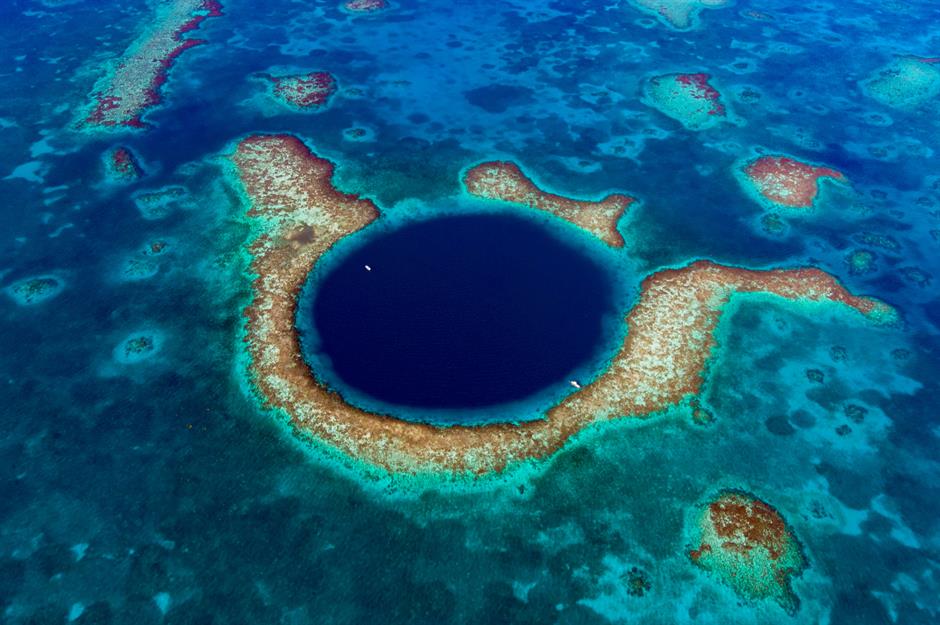
Divers and underwater explorers, including French writer and adventurer Jacques Cousteau, have fallen under the spell of the world’s biggest sinkhole. It measures around 1,000 feet (304m) across and plunges to 400 feet (122m) deep.
Its deepest, darkest secrets remained a mystery until late 2018, when an expedition team including Jacques’ grandson, Fabien Cousteau, and Sir Richard Branson shot video from a submarine, revealing stalactites and ‘unidentifiable tracks’.
Roswell, New Mexico, USA
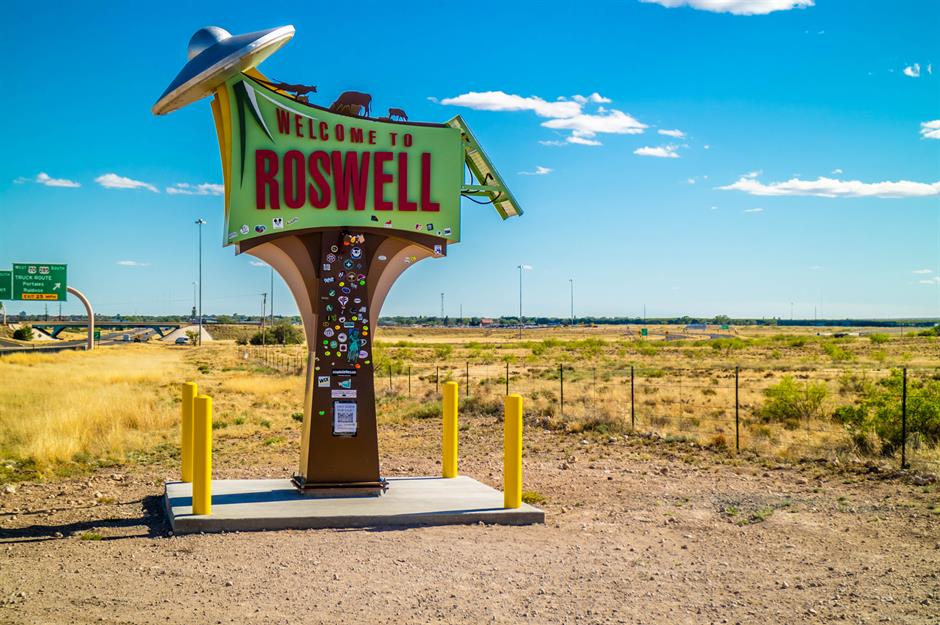
Roswell is perhaps the ultimate spot for alien conspiracy theories. The small New Mexico city hit headlines when, in 1947, a ranch worker claimed to have stumbled upon debris from a flying saucer crash.
It was quickly explained away by army officials as a weather balloon that crashed – but the alien rumours persist.
Fairy Circles, Namibia
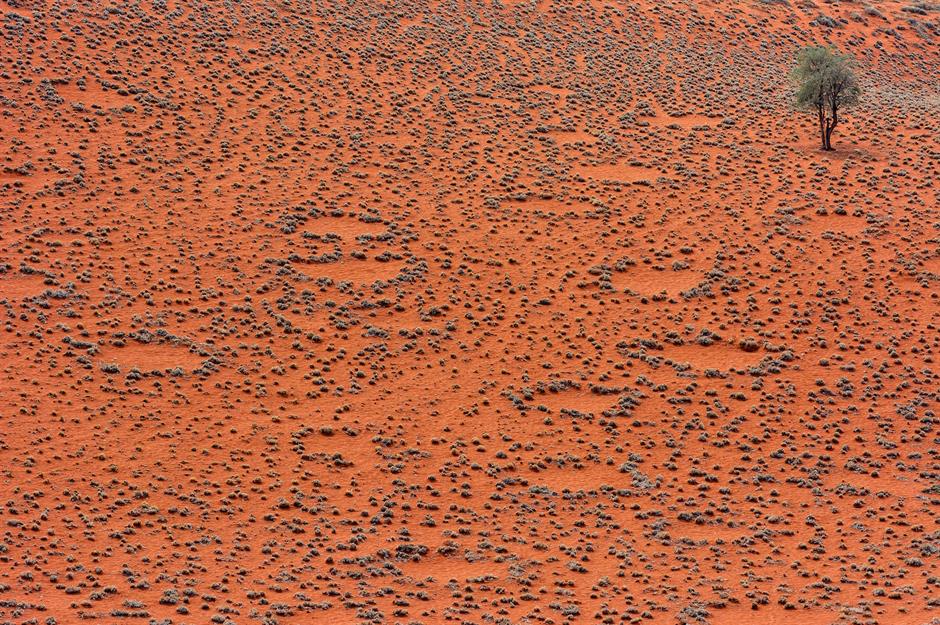
Are these circular patches, dotted over the Namibian desert in their millions, the work of gods, aliens or… termites? Obviously one answer is duller than the others, but it’s also the most logical theory scientists have come up with for the so-called 'fairy circles', which are only found here and in parts of Australia.
Racetrack Playa, California, USA
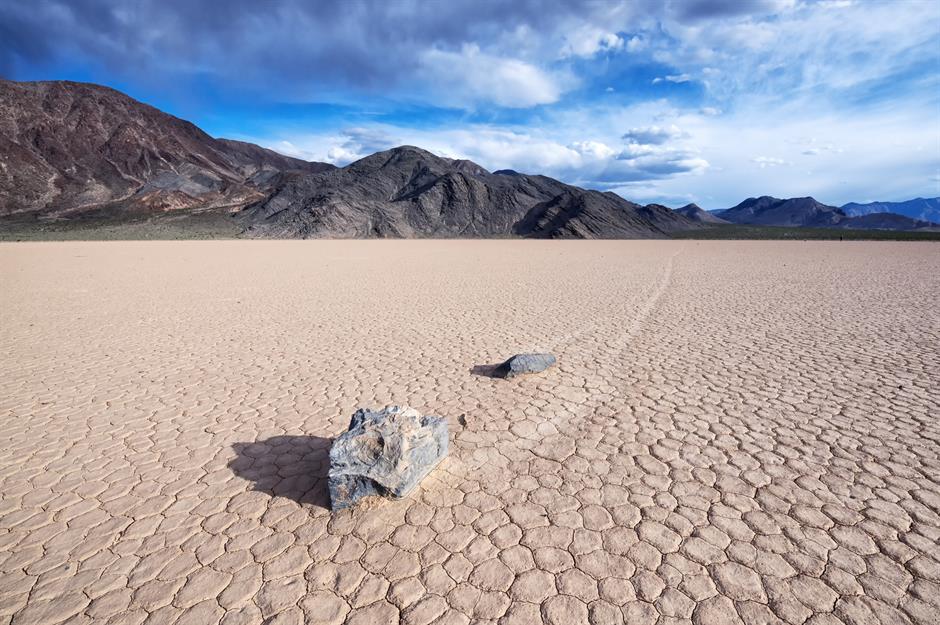
Is it some unexplained magnetic force that causes rocks to glide across this cracked, dry lakebed in California’s Death Valley? Or the unseen hands of some higher power?
Neither, it seems, as scientists debunked the mysteries in 2013, discovering the boulders are moved by wind when the ground is icy. It’s still a hauntingly beautiful – and delightfully odd – place.
Magnetic Hill, India
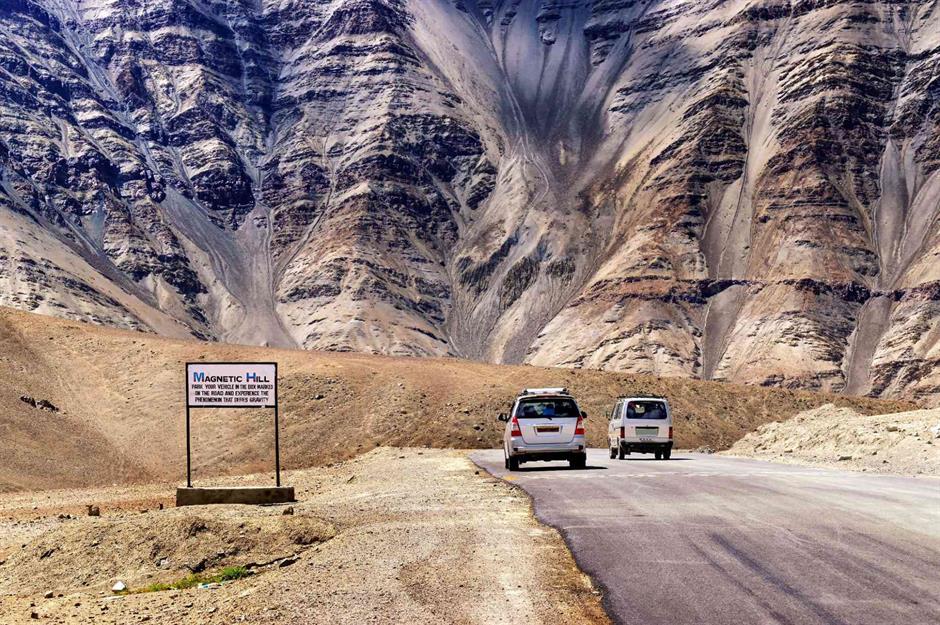
Optical illusion or gravity defying phenomenon? That’s the mystery of Magnetic Hill, located in the Himalayas, 14,000 feet (4,267m) above sea level on India’s Leh-Kargil Highway in Ladakh.
Many swear there is an unexplained magnetic force at play here which causes stationary vehicles to move uphill at speeds of 6.2 to 9.3 miles per hour (10-15km/h). Others claim it’s all just an illusion created by the mountainous terrain. A sign at the site invites drivers to try it for themselves.
Loch Ness, Scotland
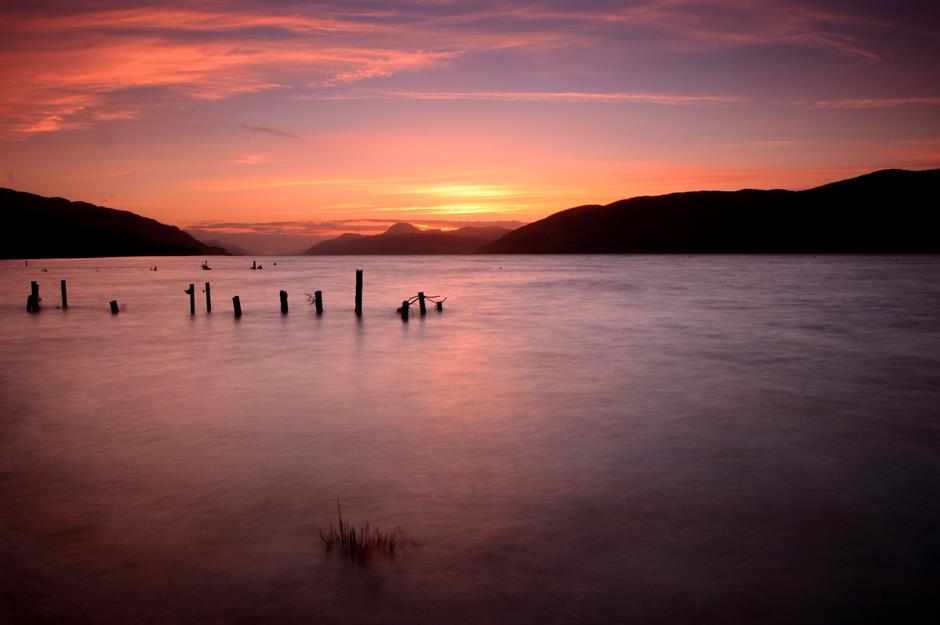
Loch Ness in Scotland is world famous, thanks to the beast that may (or may not) lurk in its depths. The Loch Ness Monster (or Nessie) was first ‘sighted’ in 1933, when a newspaper article dismissed the disturbance of the water’s surface as a duck fight.
An infamous 1934 photo of the long-necked creature was later revealed to be a hoax. The latest theories suggest Nessie may be a giant eel or a tangle of fallen branches – but the idea it’s a huge monster endures.
Bran Castle, Romania
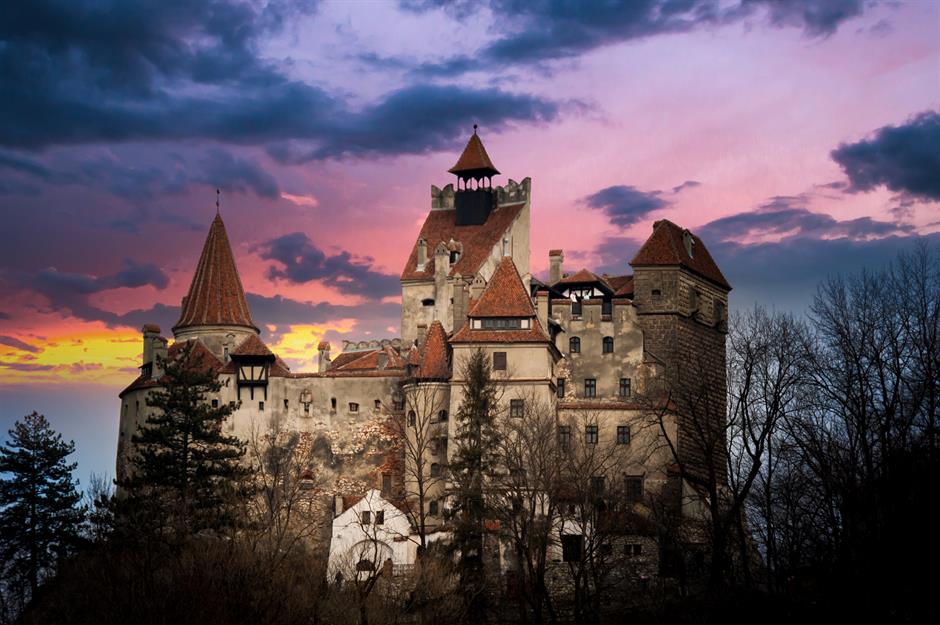
Mystery shrouds this castle like an eerie dawn mist. Legend has it that bloodthirsty 15th-century ruler Vlad the Impaler – believed to have inspired Bram Stoker’s eponymous character in Dracula – was once imprisoned within its medieval walls.
There’s no evidence that Vlad even visited the place, but it remains a creepy spot for Gothic fans.
Hoia-Baciu Forest, Romania
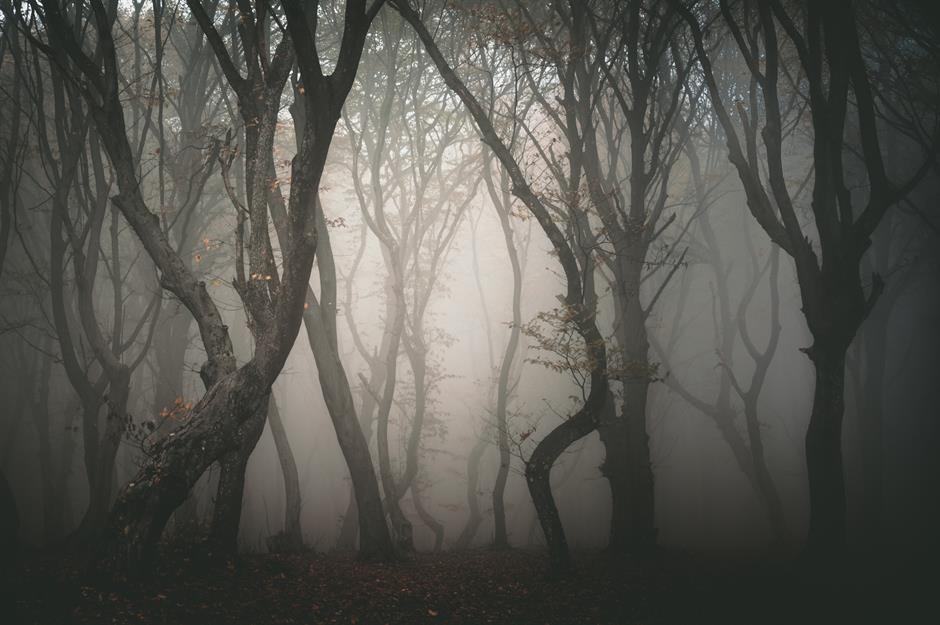
Pretty much any forest can feel eerie when there’s no one else around and the trees are shrouded in mist. But Hoia-Baciu dials up the strangeness with crooked trees that twist and turn, as if frozen in dance.
Legends tell of alien encounters and people vanishing in the woods (it’s been dubbed the ‘Bermuda Triangle of Romania’). The biggest mystery of all is The Clearing, a central area where nothing grows – and no-one yet knows why.
Area 51, Nevada, USA
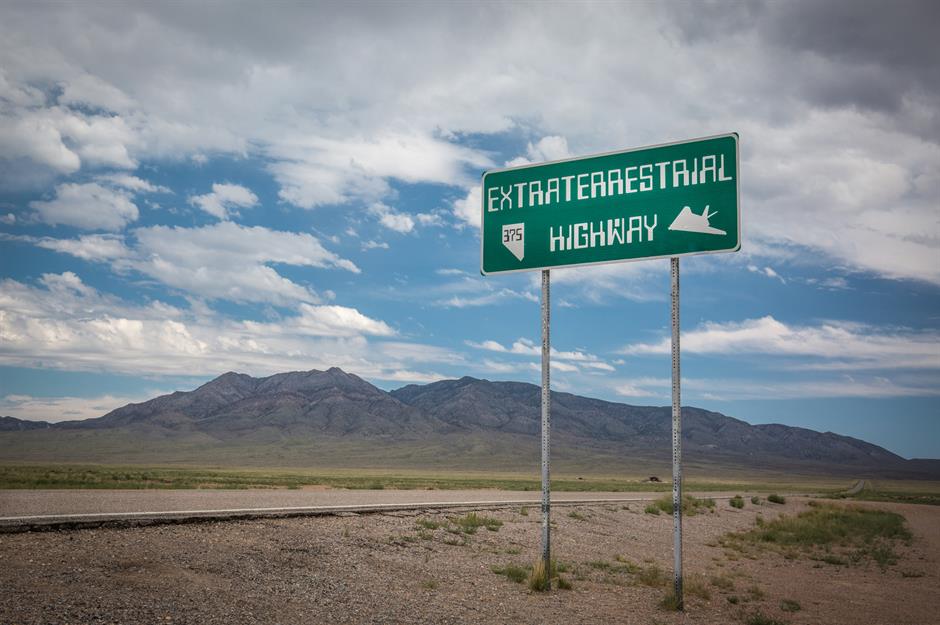
It’s the world’s most secretive airport and synonymous with conspiracy theories. This still-operational Air Force facility, known as Area 51, drew attention during its Cold War-era aircraft testing, spawning rumours of sinister experiments, a staged moon landing and a lab run by aliens.
Entering the base is strictly forbidden (not to mention impossible).
Rock-Hewn Churches, Ethiopia
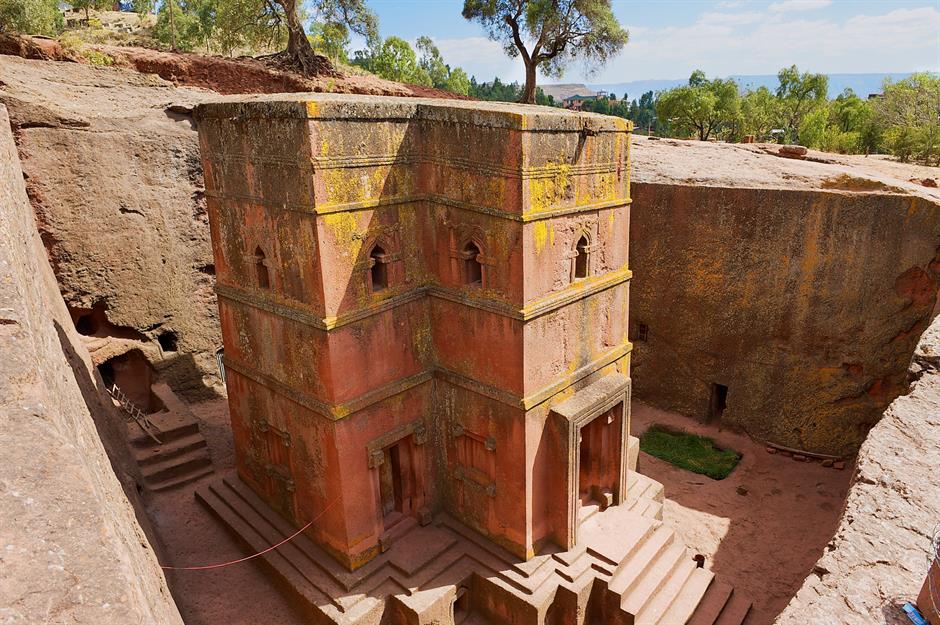
The rose-hued rock churches of Lalibela are jaw-droppingly beautiful, and the 11 monolithic structures become even more incredible when you hear their story.
It’s said that King Lalibela, who reigned in the 12th and 13th centuries, carved each with help from the angels alone. While it’s more likely he was aided by thousands of slaves, their existence is certainly incredible.
Island of the Dolls, Mexico
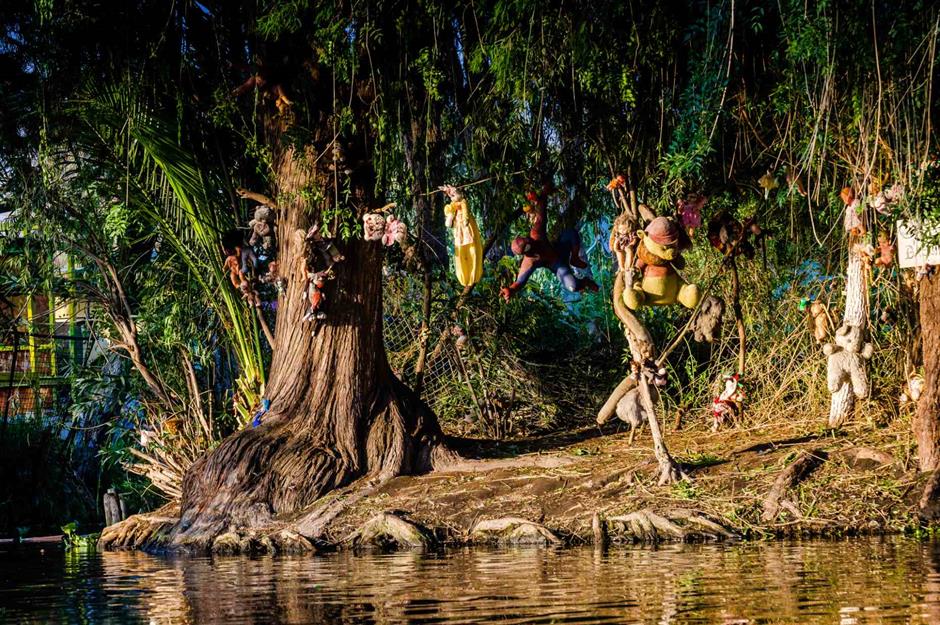
Here’s a place that’s both mysterious and creepy. Located south of Mexico City between the canals of Xochimilco lies the Isla de las Munecas (Island of the Dolls). It was once home to a hermit named Don Julian Santana Barrera, who – reportedly haunted by the drowning of a young girl – built up a ‘forest of dolls’, hanging them from the trees.
There are around 4,000 dolls on the island. It even has a place in the Guiness Book of World Records for holding the largest collection of haunted dolls.
Kawah Ijen, Indonesia
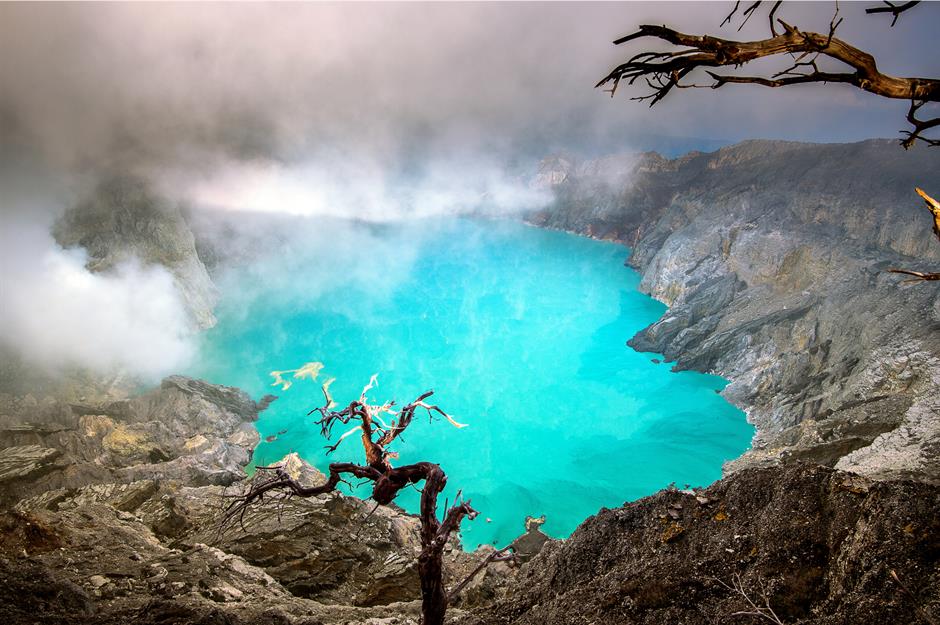
These milky turquoise waters may look inviting for a swim, but you wouldn't want to take a dip here. This caldera, formed in the crater of the Kawah Ijen volcano, is the world’s largest acidic lake.
The electric blue flames that burst into the air are a source of fascination, although (of course) there is a scientific explanation. High levels of sulphuric acid, which give the water its striking hue, combust when they hit the air.
The Great Pyramid of Giza, Egypt
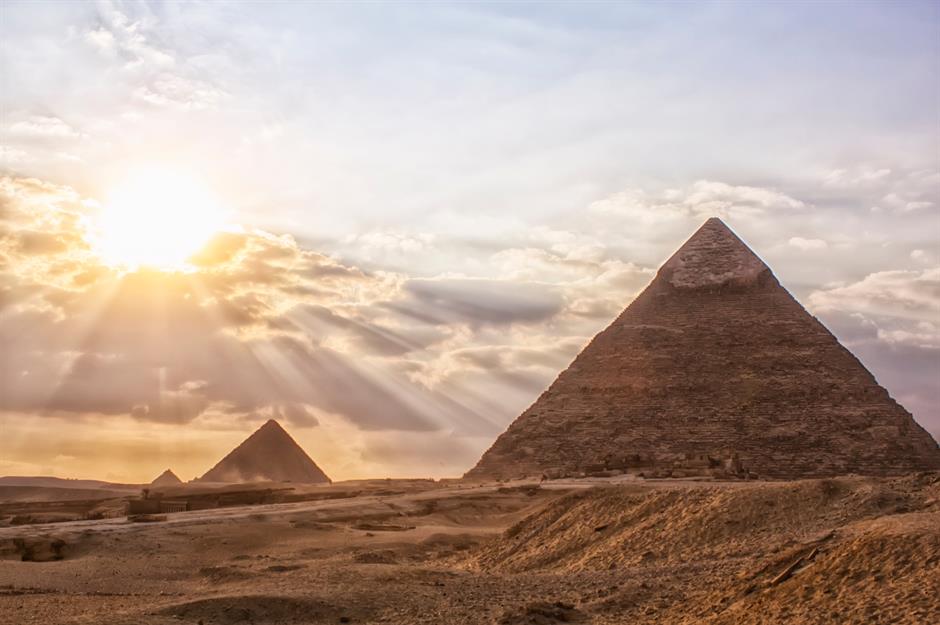
Giza’s trio of pyramid tombs make up one of the globe’s most recognisable sights. The biggest of the three – the Great Pyramid of Giza (or Khufu) – is both the oldest of the Seven Wonders of the Ancient World and the only one still standing.
Yet it’s still shrouded in mystery, with scholars continuously theorising as to how such a huge and intricate structure could have been created without modern tools.
Take a look at what the marvels of the ancient world would look like today
Pine Gap, Australia
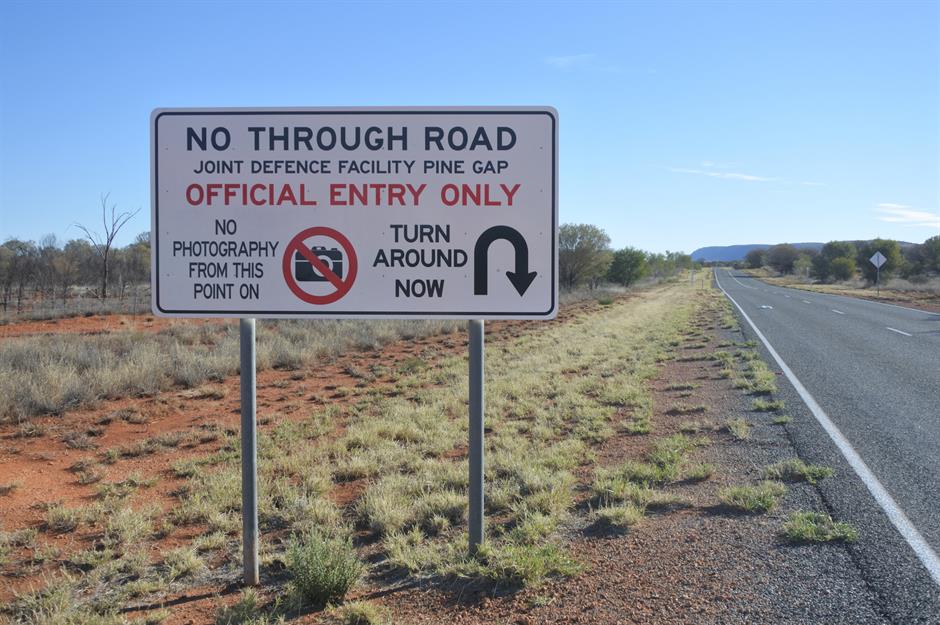
The Australian equivalent of Area 51, this satellite surveillance base in the middle of the Outback opened in the 1970s as a joint operation between the US and Australian governments. The Cold War spy facility was initially disguised as a space research facility.
The misinformation only fuelled ongoing conspiracy theories about alien sights and chilling experiments.
Crooked Forest, Poland
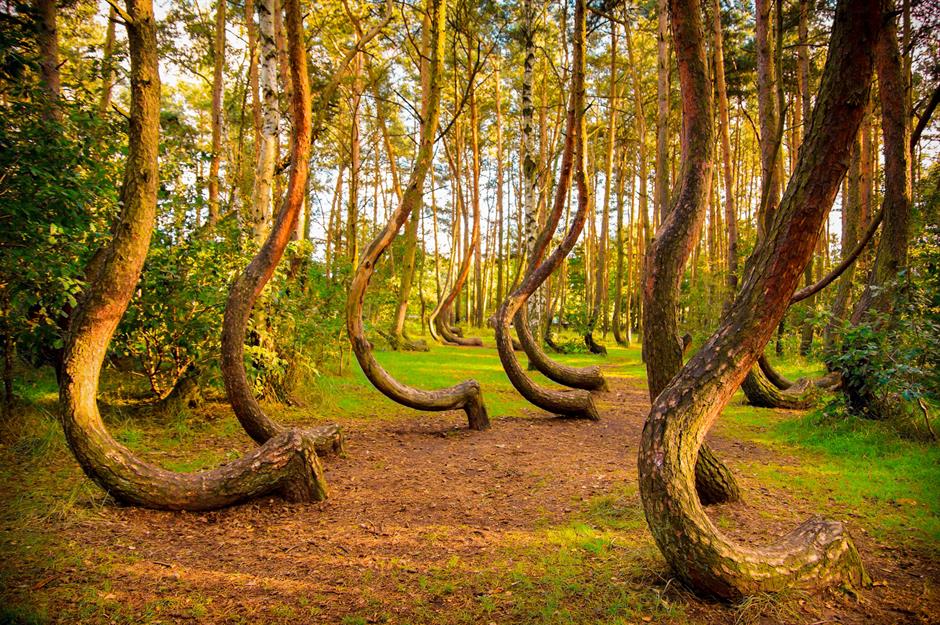
Gryfino’s brilliantly bonkers Crooked Forest (or Krzywy Las) is filled with around 400 pine trees, each with a near-identical bend in the base of its trunk. Their wonky appearance has sparked many theories, including that a snowstorm or gravitational pull morphed their shape.
Others suggest they were deliberately shaped with tools. None of the theories have been proven, which makes these strangely uniform canopies all the more intriguing.
Lake Abraham, Alberta, Canada
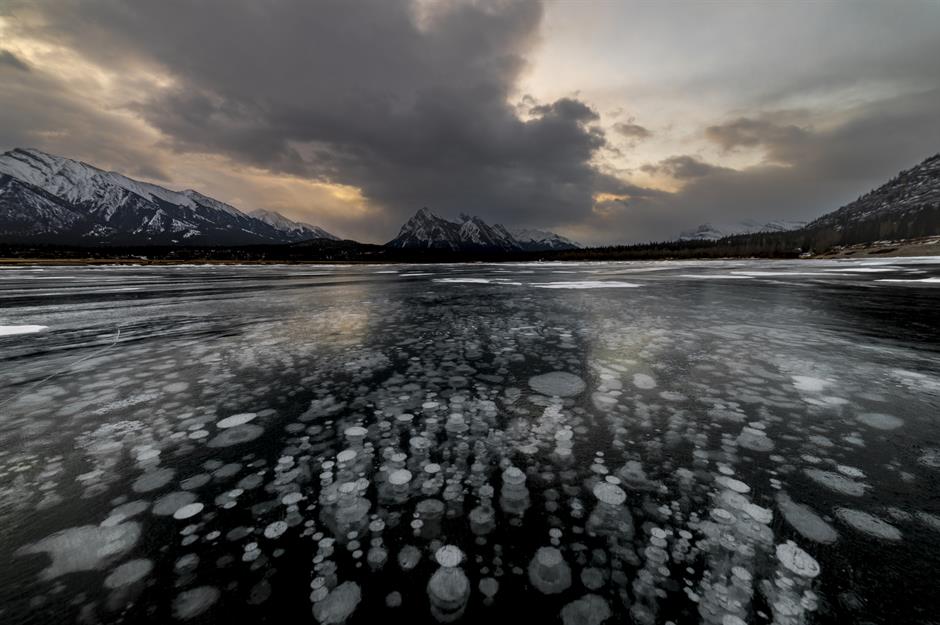
Most of the year, this reservoir in western Alberta is an attractive body of water backed by part of the Canadian Rockies. In chillier months, it transforms into a magical winter wonderland when what appear to be Christmassy baubles or snowballs form beneath the surface.
The truth is less romantic. The suspended white orbs are actually pockets of methane gas formed when organic matter decomposes and freezes into clumps.
Teotihuacán, Mexico
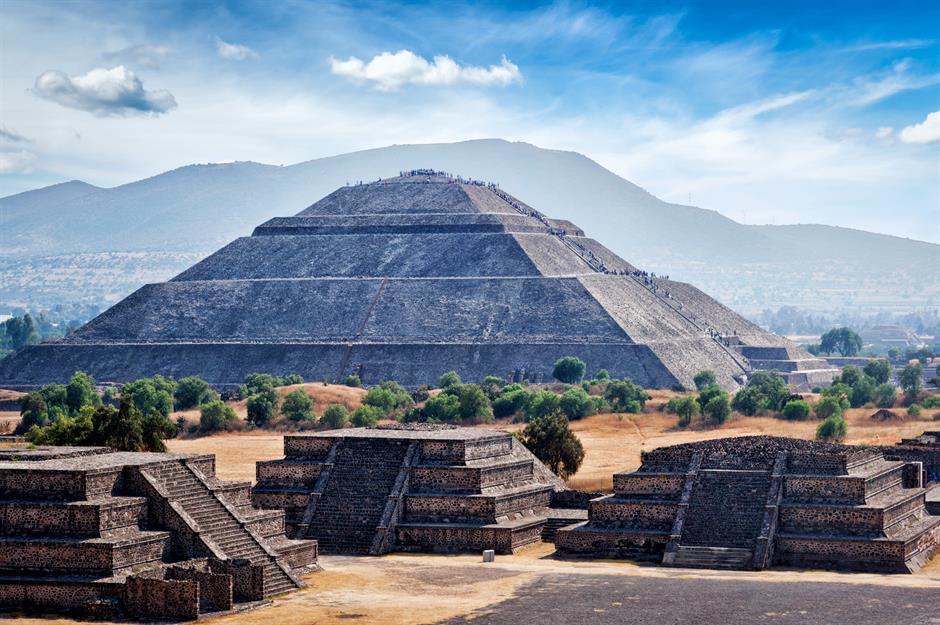
No-one knows who built or originally lived in this vast and complex pyramid city, but they are believed to have left around 1,400 years ago. The site, covering around eight square miles (20sqkm), was later a pilgrimage site for the Aztecs, who gave it the name ‘Teotihuacán’.
Remnants of apartment-like buildings suggest around 100,000 people lived here and worshipped at temples linked by the broad ‘Avenue of the Dead’.
Moeraki Boulders, New Zealand
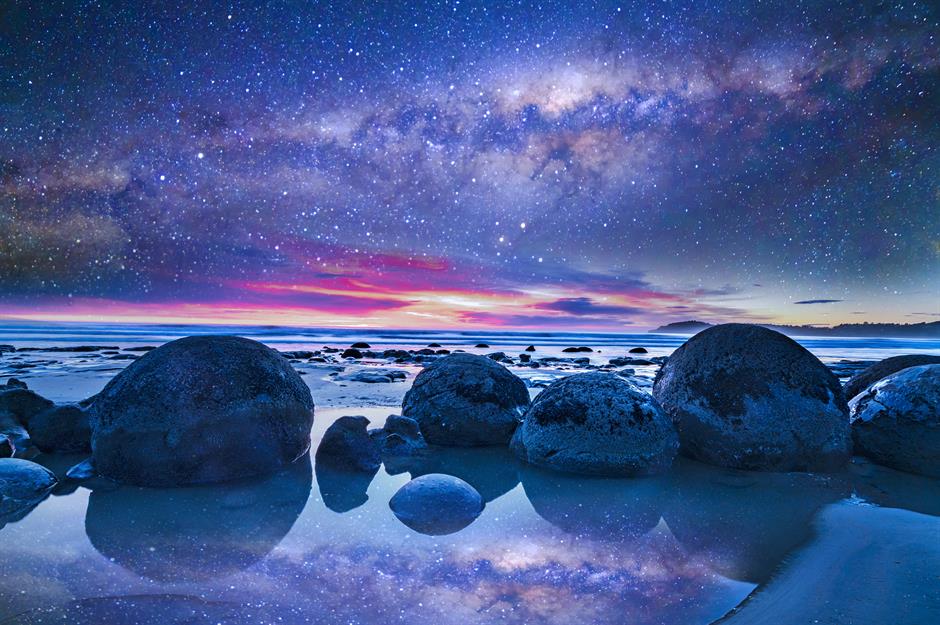
According to ancient Maori legend, these boulders are gourds or food containers, washed ashore from the wreckage of a canoe that brought their ancestors to New Zealand’s South Island.
Another theory suggests they are alien eggs. Geological research suggests they formed in sediment on the sea floor around 65 million years ago, eventually choosing Koekohe Beach as their home.
Easter Island heads, Chile
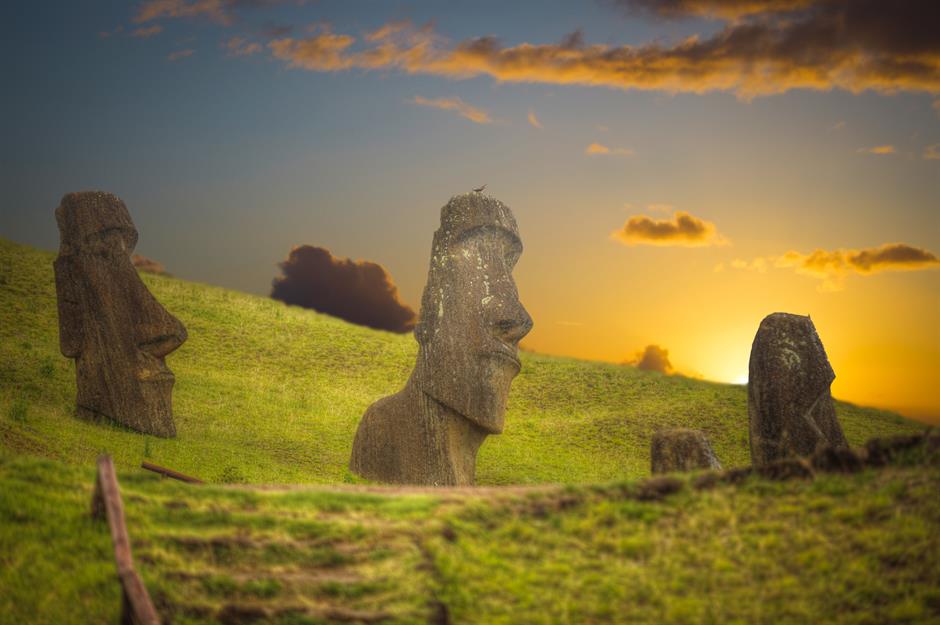
It was the Rapa Nui people who crafted and erected the 1,000-odd stone giants (known as 'moai') around 900 years ago. But no one really knows how they managed to move the 40-foot-tall (12m) statues, which weigh around 14 tonnes each, into place – or why they exist at all.
A prevalent theory is that the ancient Polynesians hauled them from quarries using stone platforms and placed them to mark freshwater sources. The statues’ bodies were originally visible but landslides and other activity buried them, so only the heads are exposed.
Door to Hell, Turkmenistan
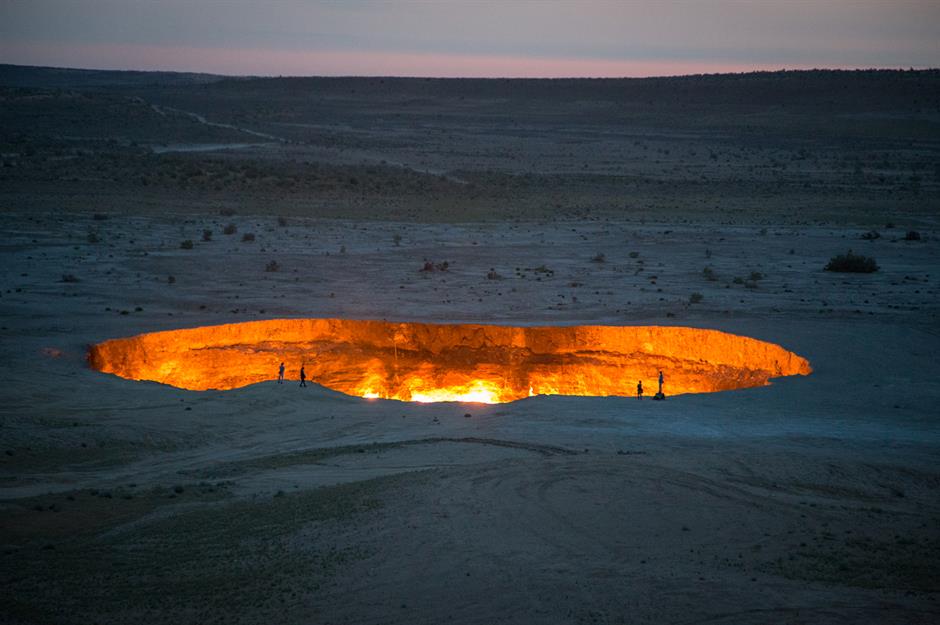
It’s the stuff that nightmares are made of – a gaping, fiery chasm tearing a hole in the Earth. The Darvaza gas crater, aptly called the ‘Door to Hell’, opened in 1971.
Engineers were drilling a natural gas field in the northern Turkmenistan desert when a portion collapsed into an underground cavern. It was set alight to prevent gases from spreading and it’s still burning decades later.
Fosse Dionne, Tonnerre, France

In the heart of France's Burgundy region, the residents of Tonnerre have been mystified by this enchantingly blue spring for centuries. A torrential gush of water feeds the hole every second and, despite many attempts to venture into its depths, no-one is quite certain about its origins.
The seemingly bottomless hole has been used since Roman times for nearly everything, from drinking to washing. Legend has it that a deadly serpent patrols the well's base, while others suggest it's a portal to other worlds.
Egyptian Bermuda Triangle, Red Sea
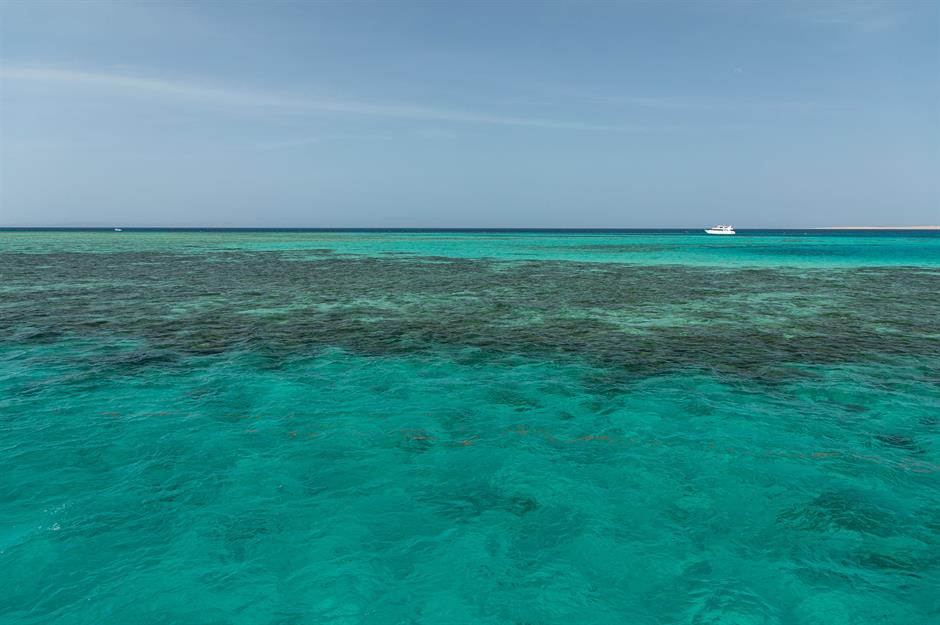
In April 2023, a holiday dive boat sank to the bottom of the Red Sea. The Carlton Queen, a 138-foot (42m) vessel, had recently undergone refurbishment and was sailing in what were described as ‘calm conditions’ when it capsized off the coast of Hurghada.
It happened in an area of the Red Sea known as the Egyptian Bermuda Triangle – a navigation hazard due to its exposed location. Thankfully, all 35 on board the Carlton Queen managed to escape, but exactly why the boat capsized remains unexplained.
Now take a look at these historic ships that vanished, without a trace...
Comments
Do you want to comment on this article? You need to be signed in for this feature